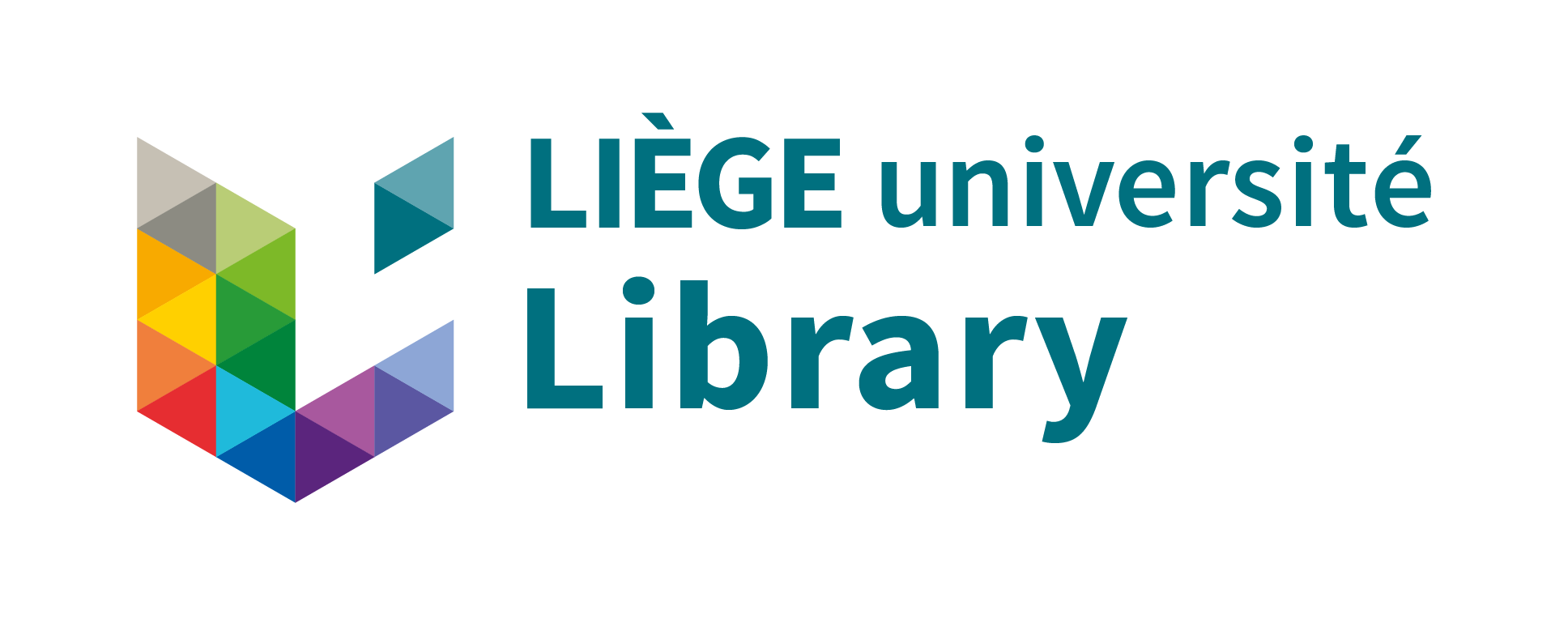The financial leverage in the pricing of eurozone stocks. A study of a leverage augmented fama & french three-factor model
Larose, Thomas 
Promotor(s) :
Santi, Caterina 
Date of defense : 27-Jun-2022/29-Jun-2022 • Permalink : http://hdl.handle.net/2268.2/14201
Details
| Title : | The financial leverage in the pricing of eurozone stocks. A study of a leverage augmented fama & french three-factor model |
| Author : | Larose, Thomas 
|
| Date of defense : | 27-Jun-2022/29-Jun-2022 |
| Advisor(s) : | Santi, Caterina 
|
| Committee's member(s) : | Fays, Boris |
| Language : | English |
| Number of pages : | 70 |
| Keywords : | [en] Fama [en] French [en] leverage [en] three-factor model [en] asset pricing [en] equity [en] regression [en] eurozone [en] debt-to-equity [en] multi-factor model [en] GRS |
| Discipline(s) : | Business & economic sciences > Finance |
| Target public : | Researchers Professionals of domain Student |
| Institution(s) : | Université de Liège, Liège, Belgique |
| Degree: | Master en sciences de gestion, à finalité spécialisée en Banking and Asset Management |
| Faculty: | Master thesis of the HEC-Ecole de gestion de l'Université de Liège |
Abstract
[en] In this paper, we studied the influence of book value financial leverage in the pricing of euro area equities from 1989 to 2019. To do so, we used the Fama and French three-factor model (1993) as a framework, adding our leverage factor to the three original ones. We also tried to answer these questions: Are the expected common stock returns negatively related to the financial leverage? Does the Fama and French three-factor model already capture financial risk in its factors? Is the importance of financial leverage dependent on the business cycle as a risk factor? We found that a factor model including financial leverage is a better proxy for common risk factors in returns than the original Fama and French three-factor model. However, we have evidence that the value factor (HML) and the financial leverage factor (LMU) have elements in common in their stock explanatory power. Despite these similarities, neither of them should be discarded to preserve the performance of our model. We also observed that expected common stock returns are negatively related to financial leverage, which supports George and Hwang (2010) claim that when we account for market frictions in capital structure optimisations models, firms with high distress costs select low leverage and have the greatest exposure to systematic risk. This effect dominates the strengthening effect of financial leverage on equity risk. Moreover, we tested the robustness of our model over time. We estimated our four-factor model using rolling windows. We found that, although the performance of the model changes over time, it is always a good proxy for common risk factors in returns. Nevertheless, we did not find any statistically significant relationship between the performance of the model and any variable related to the economic situation.
Cite this master thesis
APA
Larose, T. (2022). The financial leverage in the pricing of eurozone stocks. A study of a leverage augmented fama & french three-factor model. (Unpublished master's thesis). Université de Liège, Liège, Belgique. Retrieved from https://matheo.uliege.be/handle/2268.2/14201
Chicago
The University of Liège does not guarantee the scientific quality of these students' works or the accuracy of all the information they contain.


 Master Thesis Online
Master Thesis Online



 Thomas Larose Master thesis.pdf
Thomas Larose Master thesis.pdf
